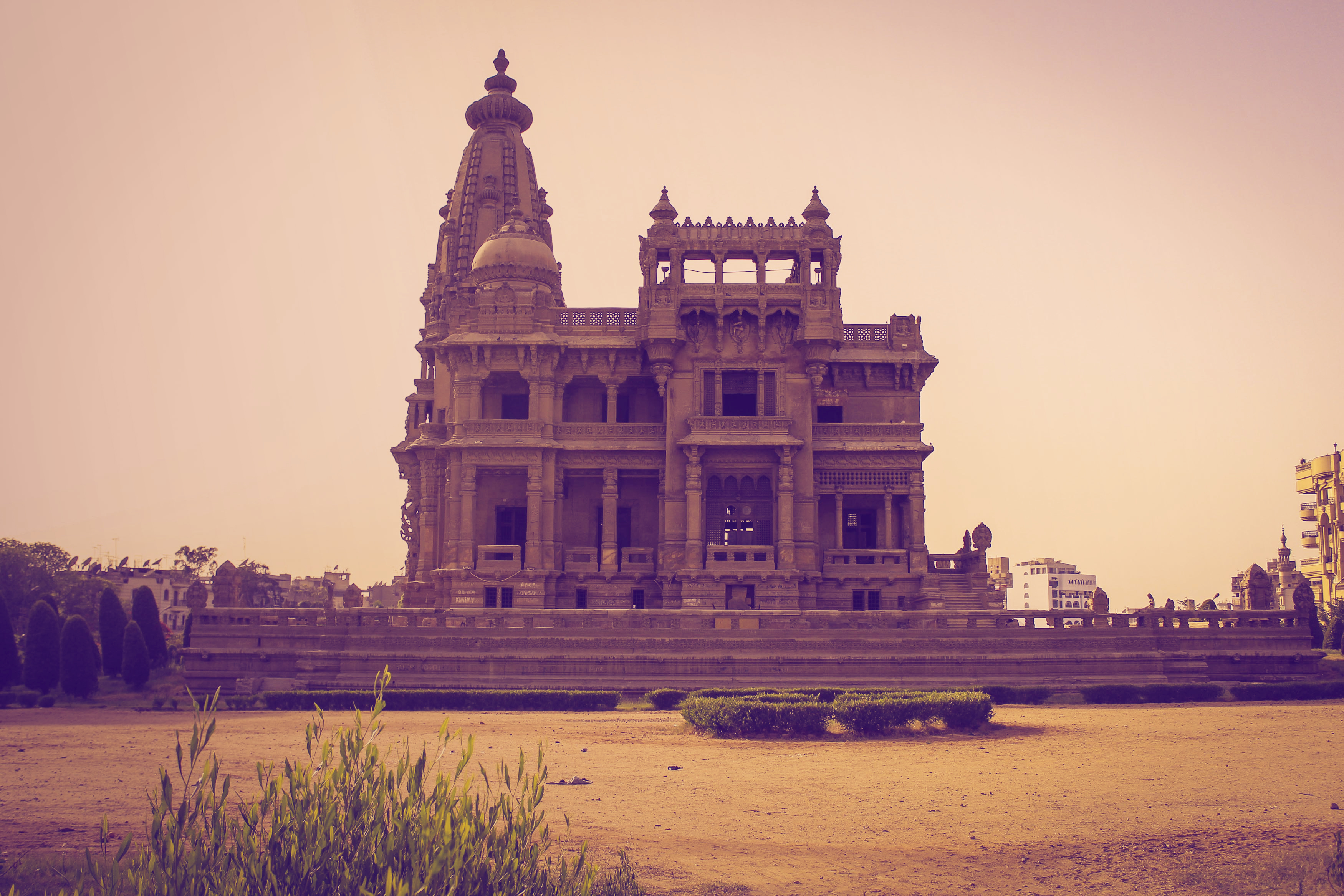By Zeinab Javanshah
ABSTRACT
The present study has typologically selected fifteen potsherds from Bronze age site of Shahr-i-Sokhta (Iran)
analysed by X-Ray Fluorescence (XRF) and Scanning Electron Microscopy (SEM) with Energy Dispersive XRay
Spectroscopy (EDS) to determine the mineralogical, chemical, and morphological characteristics of the
pottery samples. Thin-Section Petrography is also utilized to evaluate the XRD and XRF results and to identify
the texture and the geographical status of the samples and X-Ray Diffraction (XRD) is used to determine
their mineralogy. The clay fabric was fine and common texture is of high siliceous matter and include calcareous
and non-calcareous clay types with high refractory. The presence of diopside, albite and analcime minerals
in the shards points to a firing temperature that lies in the 900°C in an oxidizing atmosphere. It is concluded
that all Shahr-i-Sokhta pottery shard samples could be described as local pottery with sandy clay
from the same source.
![]()


